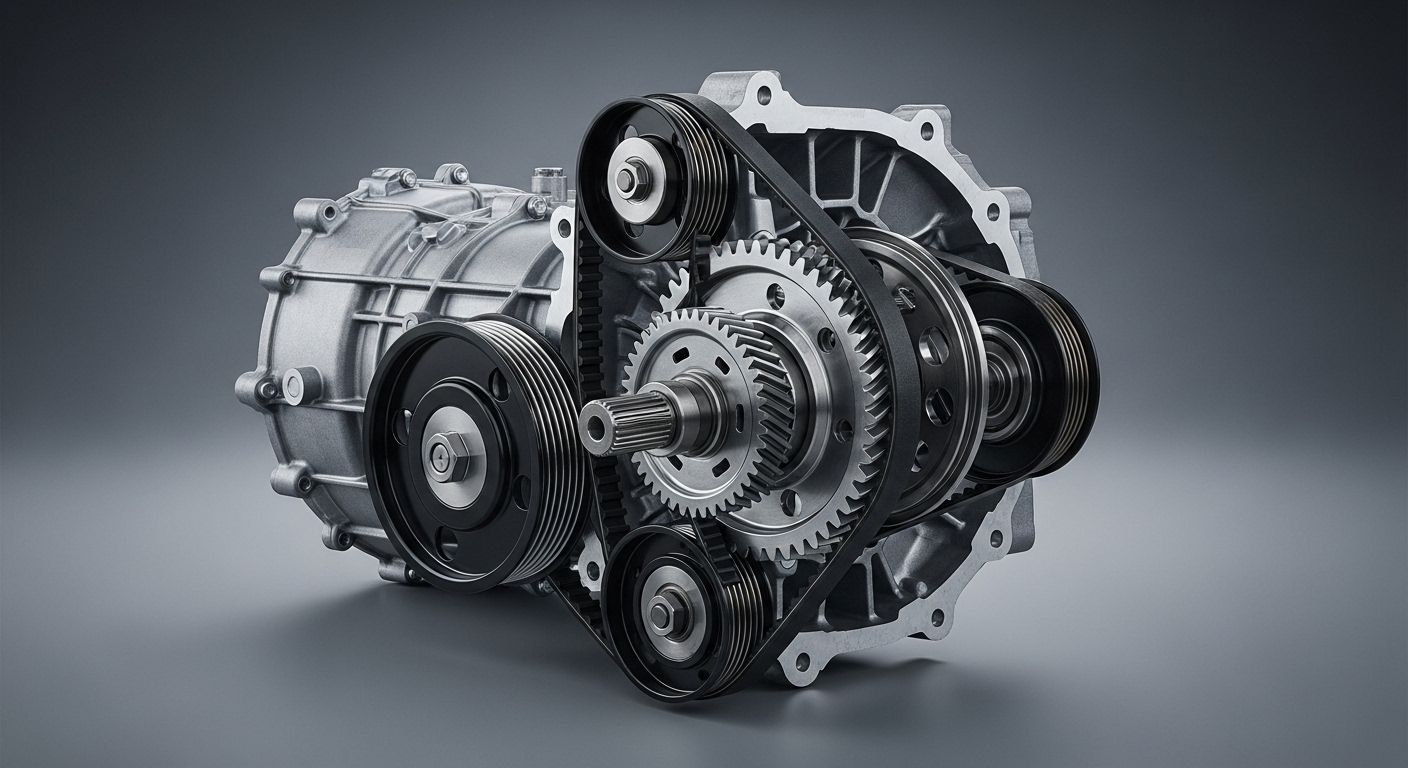Shifting Gears: Delving into the World of Continuously Variable Transmission
Picture this: you're cruising down an open highway, your foot lightly pressing on the accelerator, the engine humming smoothly. But there's something different—there are no gear changes. No lurches, no shifts, just a seamless transfer of power. Welcome to the world of Continuously Variable Transmission (CVT).

A Deep Dive into the Mechanics of CVT
Continuously Variable Transmission is not a recent phenomenon. It traces its roots back to the late 19th century, with the first practical CVTs developed by DAF in the Netherlands in the late 1950s. The technology relies on a simple principle: instead of rigid gears, it uses two pulleys connected by a belt. The diameter of these pulleys can change from narrow to wide, altering the gear ratio as they do. As a result, the transmission can offer an infinite number of gear ratios, allowing the engine to run at its most efficient speed regardless of how fast the car is moving.
The Rise of CVT in Modern Automobiles
Today, the use of CVTs is becoming increasingly common in modern automobiles. Manufacturers such as Nissan, Honda, and Subaru have embraced this technology, largely because of its potential for fuel efficiency. By allowing the engine to operate at its most efficient RPM for a range of vehicle speeds, a CVT can help a car save fuel compared to regular automatic or manual transmissions.
The Impact of CVT on Driving Experience
The impact of CVT technology on the driving experience is significant. The absence of perceptible gear changes makes for a smoother ride, which many drivers appreciate. However, it also removes the feeling of acceleration and deceleration associated with gear changes, which can be disconcerting for those used to traditional transmissions. Additionally, CVTs often produce a droning noise that can be off-putting.
The Challenges and Benefits of CVT
Like any new technology, CVT comes with its share of challenges. Early models were prone to reliability issues, and the rubber belts that connect the pulleys can wear out and need replacing. However, modern CVTs are much more robust and reliable. The benefits, on the other hand, are numerous. From increased fuel efficiency to a smoother ride, CVTs offer a unique driving experience that is becoming increasingly relevant in an era of environmental consciousness and economic efficiency.
In conclusion, Continuously Variable Transmission represents a significant shift in automotive technology. While it may not appeal to everyone, its benefits in terms of fuel efficiency and smooth operation make it a fascinating topic for any car enthusiast. As this technology continues to evolve and improve, it will undoubtedly play a significant role in shaping the future of the automotive industry.




